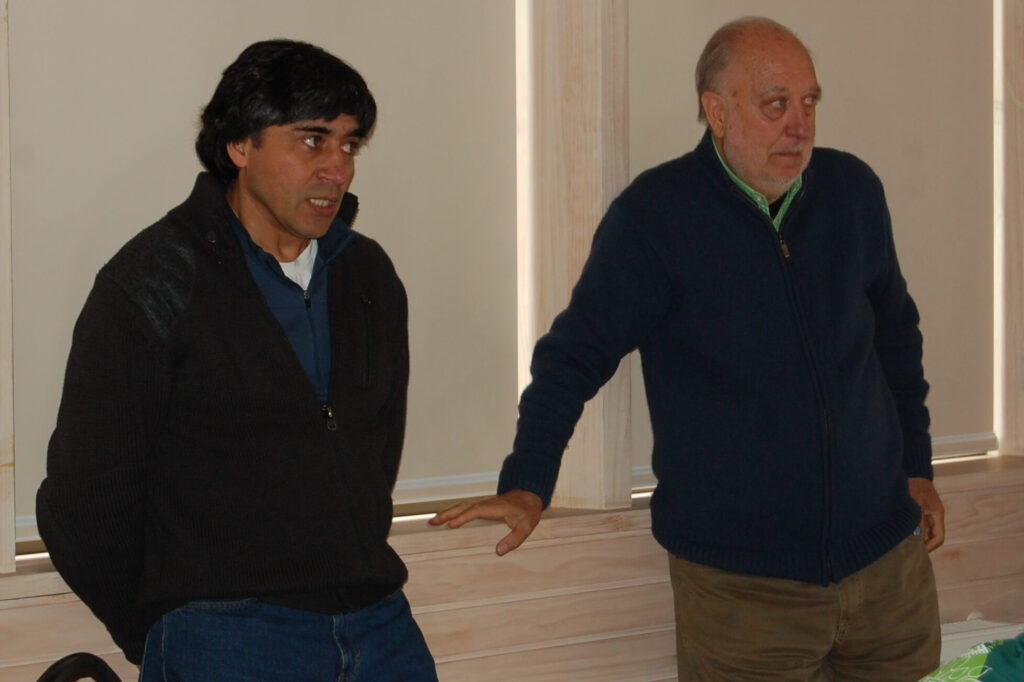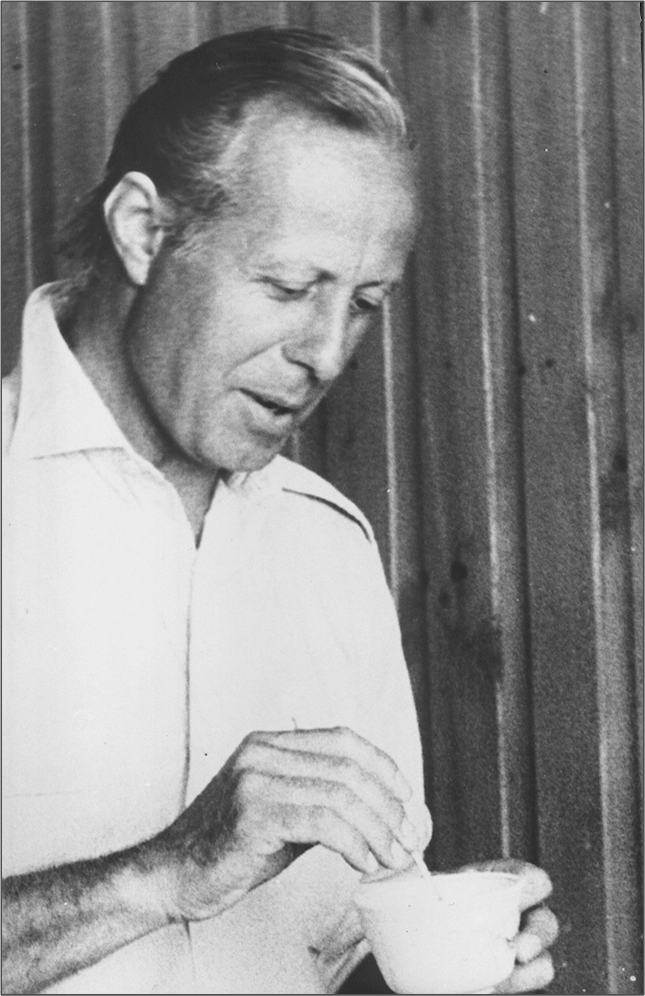History

The Estación Costera de Investigaciones Marinas (ECIM) was founded in 1982, when the Pontificia Universidad Católica de Chile (PUC) acquired a property in a fantastic rocky promontory in Las Cruces, a small town in the central coast of Chile.
Scientists, led by Professors Juan Carlos Castilla and Patricio Sánchez, decided to fence around 1km of rocky coastline and protect the adjacent nearshore waters in front of the new laboratory. In this way, at the end of 1982 they halted all forms of direct human intervention in this small portion of the coastal ecosystem, creating in this manner one of the first no-take marine reserve areas in the world. Through the exclusion of humans from this marine reserve, researchers were able to demonstrate the impact of humans on the coastal ecosystem, particularly the effects that the highly diverse and intensive artisanal shellfish fisheries is having on these communities. This historical human exclusion experiment provided some of the first scientific evidence that humans have had and still are profoundly altering marine ecosystems worldwide, which inspired the creation of marine protected areas in many regions of the world. The seminal studies by Prof. Castilla in Las Cruces, which he later tested in other areas of the coast, led him to propose what was a novel resource management system, in which sections of the shore are assigned exclusively to organized fisher associations (‘sindicato de pescadores’), with the common goal of co-managing the benthic resources within their territory together with government agencies. Professor Castilla’s results and propositions were later incorporated in the Chilean legislation that created the Areas de Manejo y Explotación de Recursos Bentónicos (AMERB’s), the largest system of what are internationally known as Territorial User Rights for Fishers.
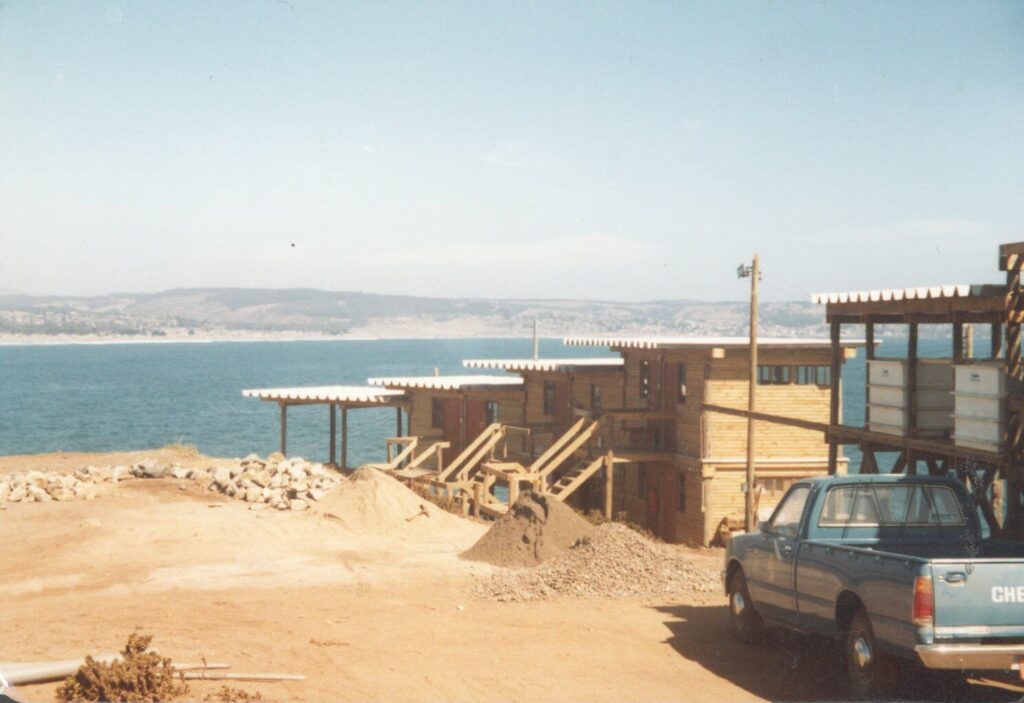
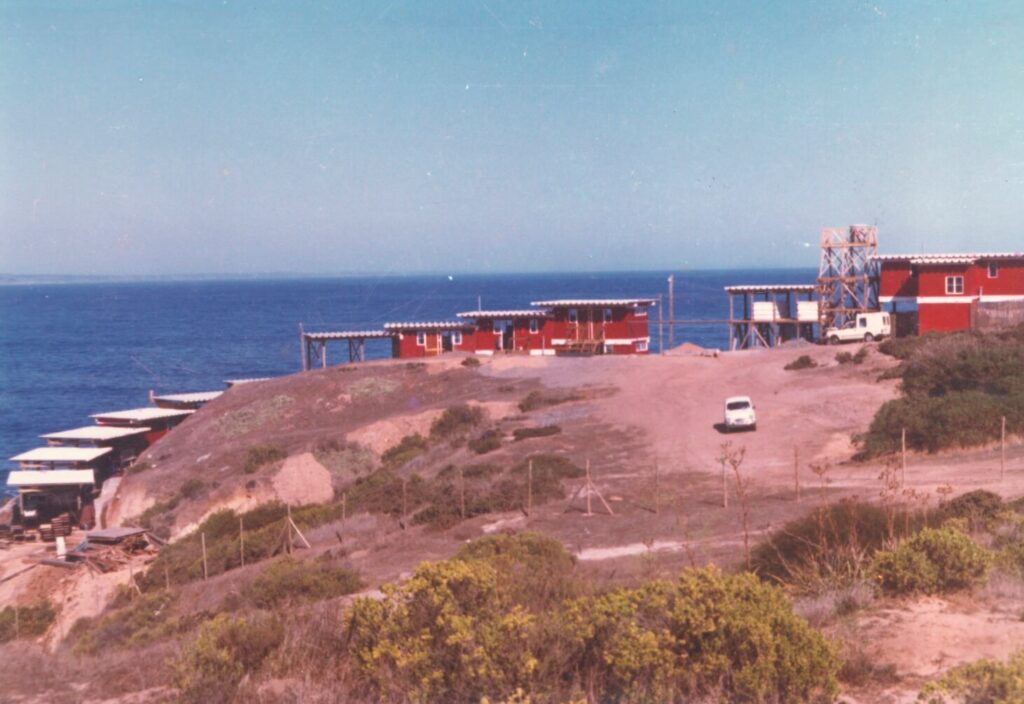
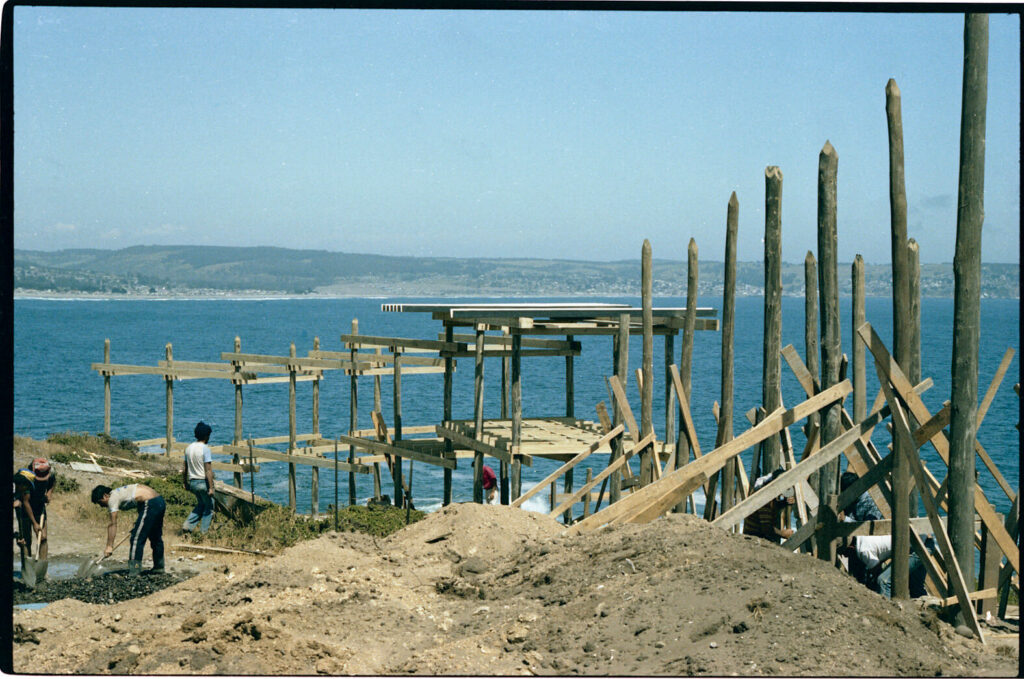
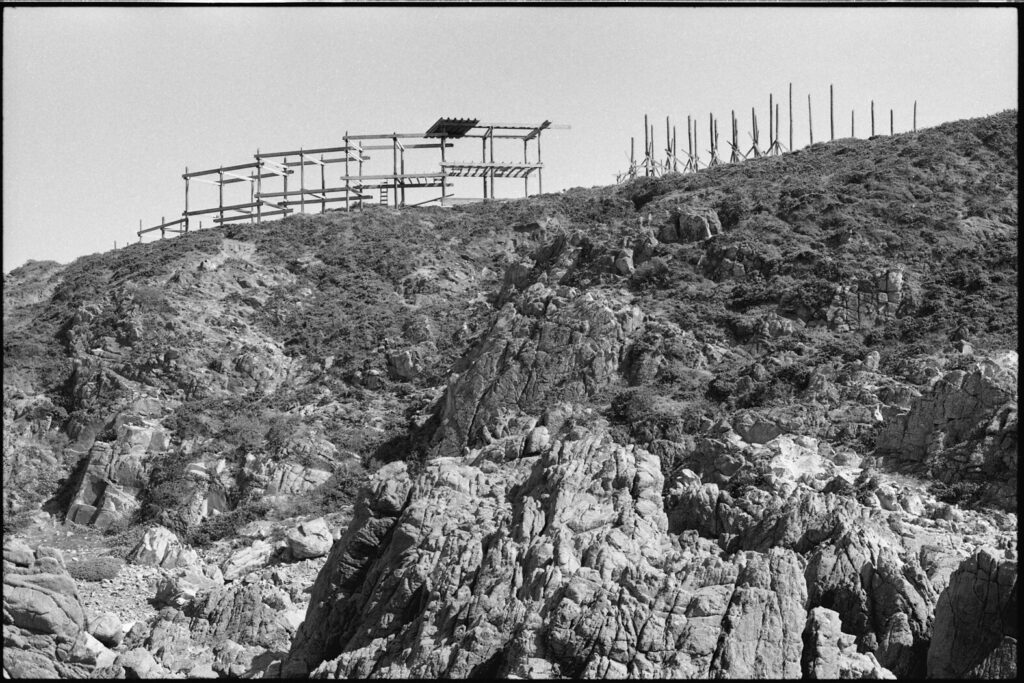
Research at ECIM has diversified enormously over the past decades. While coastal marine ecology, sustainable management and conservation are still the core research fields at the lab, there is now active inter-disciplinary research in microbiology, population genetics, biological and physical oceanography, coastal engineering, marine renewable energies and other fields of marine sciences. Indeed, ECIM now houses several inter-disciplinary research centers.
Since its beginnings as a field station designed to provide logistic support to few researchers from the main campus in Santiago, ECIM life has being transformed, becoming now a world class marine laboratory with a teeming resident community of scientists and students who work on diverse topics of marine sciences and maintain a very active outreach program. Together with an increasing scientific community, ECIM has grown very significantly in infrastructure. Much of this development has been possible thanks to our strong international collaborations. Early on, in 1983, major support for the development of ECIM’s infrastructure came from the Canadian International Development Research Center (IDRC). Later, the Proyecto de Cooperación Italiana (CICS-EULA) built in 1993 a new office and laboratory building for ECIM researchers, which still houses a large fraction of the resident research community, as well as the administrative offices. Collaboration with the Spanish Consejo Superior de Investigaciones Científicas (CSIC), through the LINC-Global, allowed us to increase spaces for research, meetings and workshops.
But one of the most significant moments in ECIM history was the creation in 2008 of the Marine Biology degree by the Facultad de Ciencias Biológicas UC. ECIM became then the main academic unit for teaching hands-on courses on marine biology and oceanography. By 2010, the university inaugurated a modern building with an auditorium and state-of-art teaching classrooms with running sea water, especially designed to receive marine biology majors. The inauguration in 2015 of a new housing building, which came to replace the old ‘cabins’, as well as a multi-purpose classroom, consolidated the modern infrastructure of ECIM.
